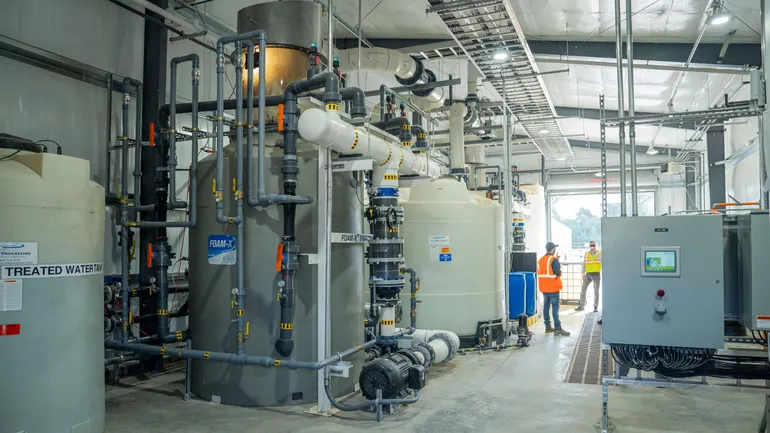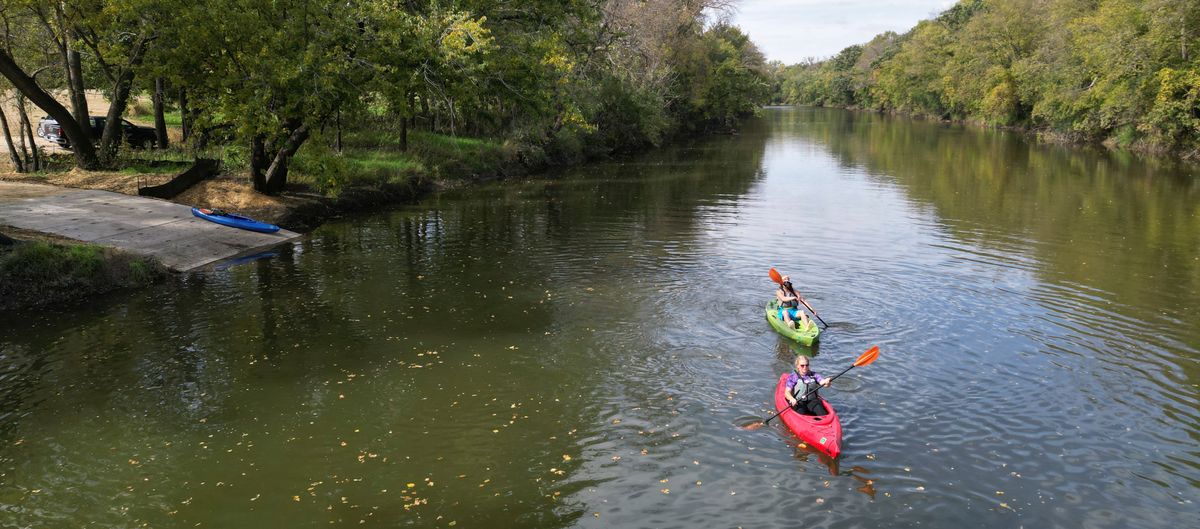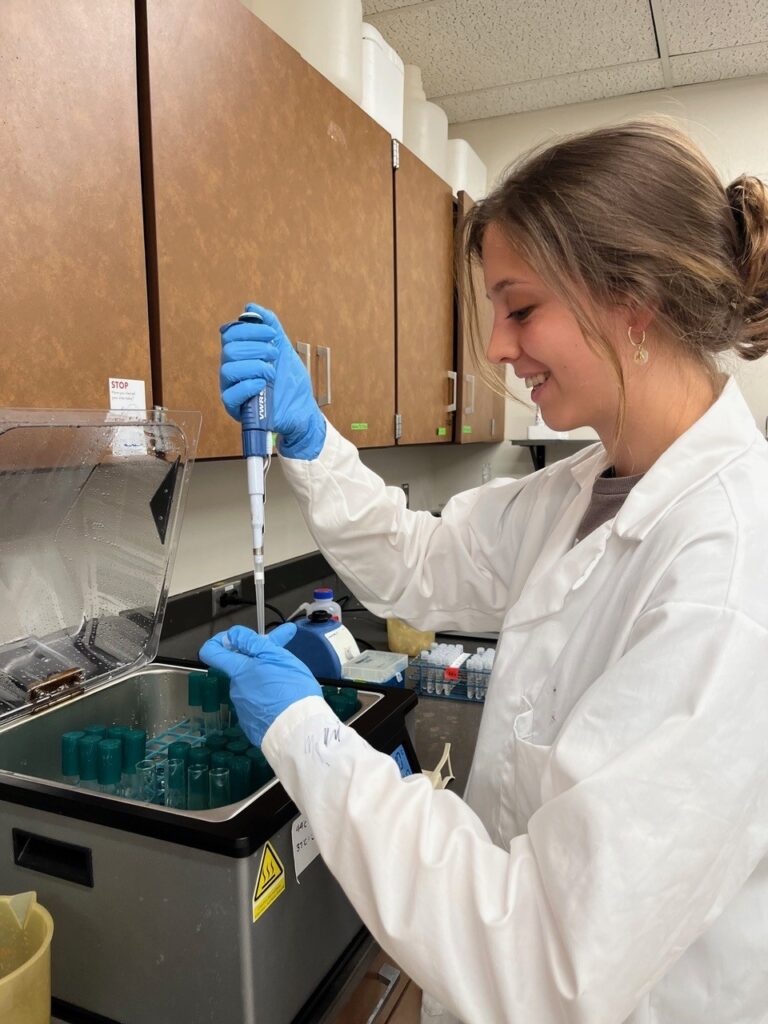Sale complete: Aqua Pennsylvania acquires Beaver Falls’ wastewater treatment system – Yahoo Home

Report on the Acquisition of Beaver Falls Wastewater System by Aqua Pennsylvania
Executive Summary: A Partnership for Sustainable Development
Aqua Pennsylvania, a subsidiary of Essential Utilities Inc., has finalized the acquisition of the City of Beaver Falls’ wastewater system for $37.75 million. This public-private partnership is a significant step towards advancing several United Nations Sustainable Development Goals (SDGs), particularly in the areas of water sanitation, resilient infrastructure, and sustainable communities. The transaction, approved by the Pennsylvania Public Utilities Commission, facilitates regional consolidation to enhance service delivery and environmental compliance for approximately 7,000 customers across eight communities.
Transaction Overview and Contribution to SDG 17: Partnerships for the Goals
The acquisition represents a key example of a public-private partnership (SDG 17) designed to achieve long-term sustainability objectives. The collaboration between the City of Beaver Falls and Aqua Pennsylvania aims to leverage private sector expertise and capital to manage a critical public utility.
- Acquiring Entity: Aqua Pennsylvania (subsidiary of Essential Utilities Inc.)
- Selling Entity: City of Beaver Falls
- Transaction Value: $37.75 million
- Regulatory Approval: Pennsylvania Public Utilities Commission (June 18)
- Service Area: The system serves 3,200 customers in Beaver Falls and an additional 3,800 customers in seven surrounding municipalities:
- Patterson Township
- Patterson Heights
- White Township
- West Mayfield
- Big Beaver
- Eastvale
- North Sewickley Township
Investment in Resilient Infrastructure: Aligning with SDG 6 and SDG 9
Aqua Pennsylvania has committed to significant capital investment over the next decade, directly addressing SDG 9 (Industry, Innovation, and Infrastructure) by building resilient and sustainable infrastructure. These planned upgrades are crucial for achieving SDG 6 (Clean Water and Sanitation) by improving wastewater treatment and protecting local water resources.
Planned Infrastructure Improvements ($10 Million Investment)
- Sewer Collection System: Targeted repairs and replacement of aging portions to enhance reliability and prevent leaks.
- Treatment Plant Upgrades: Modernization of the plant headworks and filter tower to improve operational efficiency and treatment quality.
- Pump Station Enhancements: Improvements to ensure consistent and reliable system operation.
According to Aqua Pennsylvania President Marc Lucca, “These investments will significantly improve operational efficiency and environmental compliance,” thereby ensuring the long-term viability of the system and its contribution to public health and environmental protection.
Fostering Sustainable Communities and Economic Equity: SDG 11 and SDG 1
The transfer of operations is structured to support the development of a sustainable community (SDG 11) while addressing economic considerations for residents, in line with the principles of SDG 1 (No Poverty).
Impact on Customers and Community
- Rate Stability: Customer base rates will not change upon the transition to Aqua Pennsylvania’s operation. Any future rate adjustments require public input and approval from the PUC.
- Affordability and Support: In alignment with ensuring access to basic services, eligible customers can utilize Aqua Pennsylvania’s Customer Assistance Program and the Aqua Aid hardship fund, directly addressing social equity.
- Long-Term Service Reliability: City Mayor Kenya Johns noted that Aqua’s investment and expertise “will ensure dependable service to our community for years to come,” a cornerstone of a sustainable and resilient city.
Analysis of Sustainable Development Goals (SDGs) in the Article
1. Which SDGs are addressed or connected to the issues highlighted in the article?
The article on the sale and planned upgrade of the Beaver Falls wastewater system directly addresses or connects to the following Sustainable Development Goals:
- SDG 6: Clean Water and Sanitation: This is the most prominent SDG, as the entire article revolves around a wastewater system, its management, and planned improvements to ensure proper sanitation and environmental compliance.
- SDG 9: Industry, Innovation, and Infrastructure: The article explicitly details a planned $10 million investment in infrastructure improvements, focusing on upgrading a treatment plant and sewer collection system to make it more reliable and efficient.
- SDG 11: Sustainable Cities and Communities: The wastewater system is a critical basic service for the City of Beaver Falls and seven surrounding communities. The sale and upgrades are intended to ensure “dependable service” for these communities, which is fundamental to sustainable urban living.
2. What specific targets under those SDGs can be identified based on the article’s content?
Based on the article’s content, the following specific targets can be identified:
-
Target 6.3: By 2030, improve water quality by reducing pollution… halving the proportion of untreated wastewater and substantially increasing recycling and safe reuse globally.
- Explanation: The article states that Aqua Pennsylvania plans to make investments that “will significantly improve operational efficiency and environmental compliance.” This directly supports the goal of improving the quality of treated wastewater before it is discharged, thereby reducing pollution.
-
Target 9.1: Develop quality, reliable, sustainable and resilient infrastructure… to support economic development and human well-being, with a focus on affordable and equitable access for all.
- Explanation: The article highlights a planned “$10 million in infrastructure improvements over the next decade.” The purpose of these upgrades, as stated by the city’s mayor, is to “ensure dependable service to our community for years to come,” which aligns with developing reliable and sustainable infrastructure.
-
Target 11.1: By 2030, ensure access for all to adequate, safe and affordable housing and basic services and upgrade slums.
- Explanation: The wastewater system is a “basic service” for 7,000 customers in Beaver Falls and surrounding communities. The article addresses the accessibility and affordability of this service by noting that “base rates will not change” initially and that eligible customers can use the “Customer Assistance Program and its Aqua Aid hardship fund.”
3. Are there any indicators mentioned or implied in the article that can be used to measure progress towards the identified targets?
Yes, the article mentions or implies several indicators that can be used to measure progress:
- Investment in infrastructure: The article provides a specific financial indicator: the plan to “invest $10 million in infrastructure improvements over the next decade.” This directly measures financial commitment towards Target 9.1.
- Population served by the wastewater system: The article specifies the system serves “3,200 customers in Beaver Falls and another 3,800 in seven other communities,” for a total of 7,000 customers. This is a direct indicator for Target 11.1, measuring the proportion of the population with access to a basic service.
- Level of wastewater treatment and environmental compliance: While not providing a quantitative baseline, the article states a key goal is to “significantly improve operational efficiency and environmental compliance.” Progress can be measured by tracking improvements in compliance with environmental regulations, which is an indicator for Target 6.3.
- Affordability of services: The mention of the “Customer Assistance Program and its Aqua Aid hardship fund” serves as an indicator of measures in place to ensure the service remains affordable and accessible, which is relevant to Target 11.1.
4. Table of SDGs, Targets, and Indicators
| SDGs | Targets | Indicators |
|---|---|---|
| SDG 6: Clean Water and Sanitation | 6.3: Improve water quality by reducing pollution and improving wastewater treatment. |
|
| SDG 9: Industry, Innovation, and Infrastructure | 9.1: Develop quality, reliable, sustainable and resilient infrastructure. |
|
| SDG 11: Sustainable Cities and Communities | 11.1: Ensure access for all to adequate, safe and affordable basic services. |
|
Source: yahoo.com

What is Your Reaction?
 Like
0
Like
0
 Dislike
0
Dislike
0
 Love
0
Love
0
 Funny
0
Funny
0
 Angry
0
Angry
0
 Sad
0
Sad
0
 Wow
0
Wow
0













































































